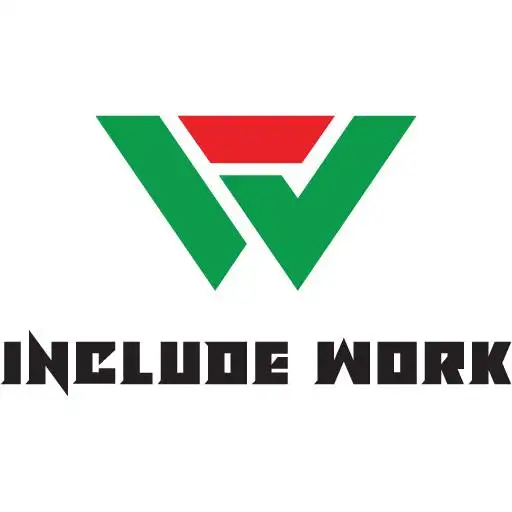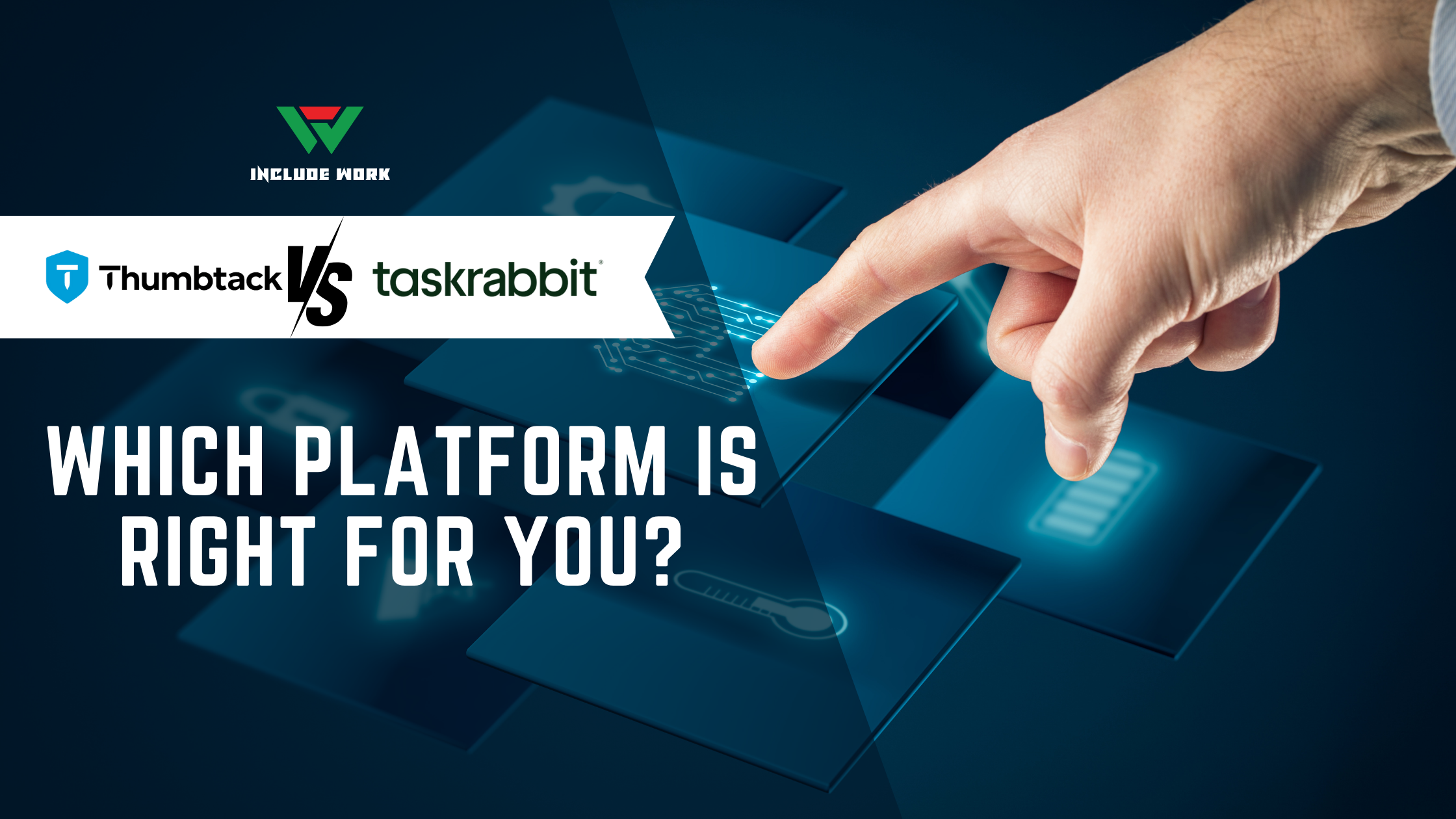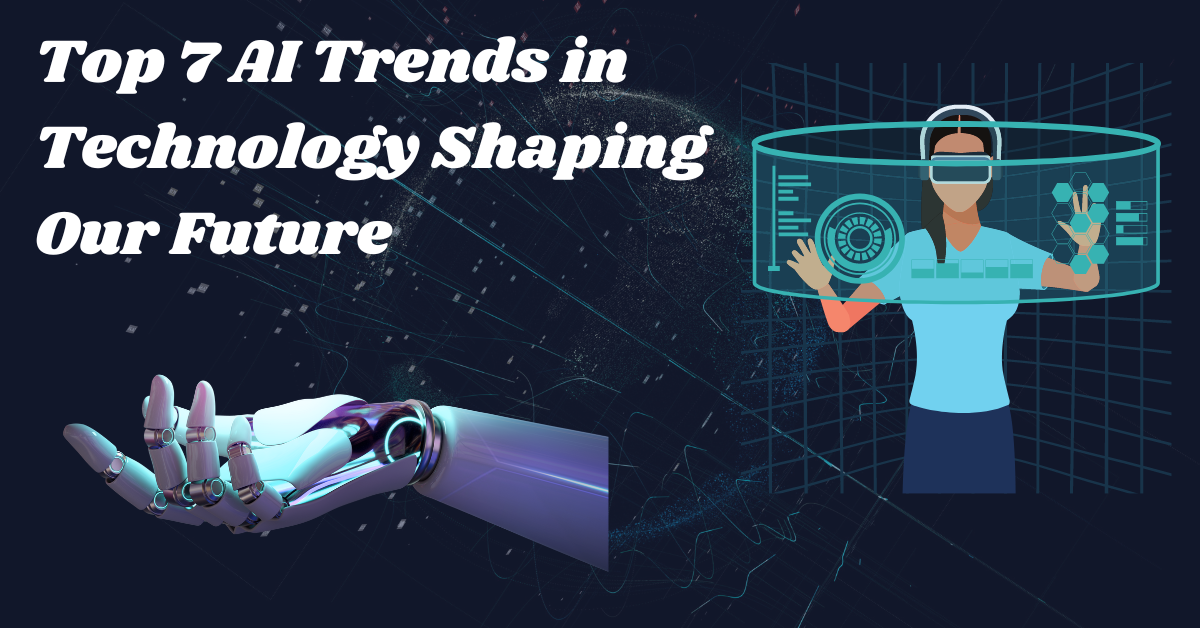Graphic Design Agency focuses on the art of visual communication. Here, creativity is used to solve problems and convey messages through imagery, color, and form. This agency combines technical skill with artistic insight to produce designs that are both functional and aesthetically pleasing. The work often involves understanding the needs and emotions of the audience, ensuring that the visual message aligns with the intended purpose. Whether it’s for branding, advertising, or digital media, the agency aims to create designs that are clear, effective, and visually engaging.
What is a Graphic Design Agency?
Graphic design agencies are vibrant creative hubs where art meets technology to tell stories, evoke emotions, and connect brands with people.
At the heart of a graphic design agency lies a team of passionate artists and innovative thinkers who breathe life into ideas. They weave color, form, and imagery into compelling narratives that capture human experiences and feelings.
These agencies are more than just workplaces; they are melting pots of creativity where joy, curiosity, and inspiration fuse to create visual magic.
Whether it’s the thrill of a new brand launch, the warmth of a nostalgic design, or the excitement
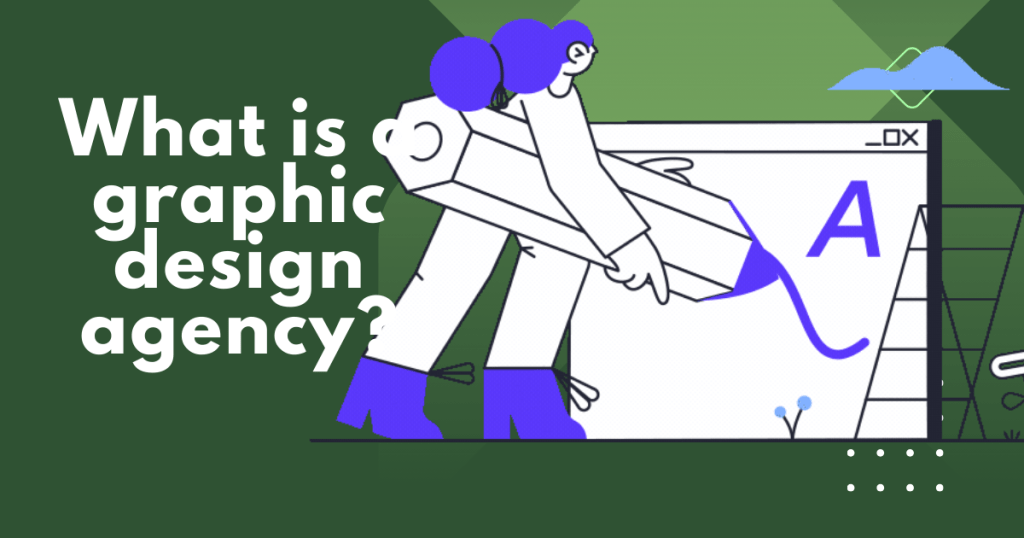
of a cutting-edge campaign, these agencies create more than just visuals—they craft experiences that resonate deeply with our emotions and leave lasting impressions in our hearts and minds.
The Role of a Graphic Design Agency
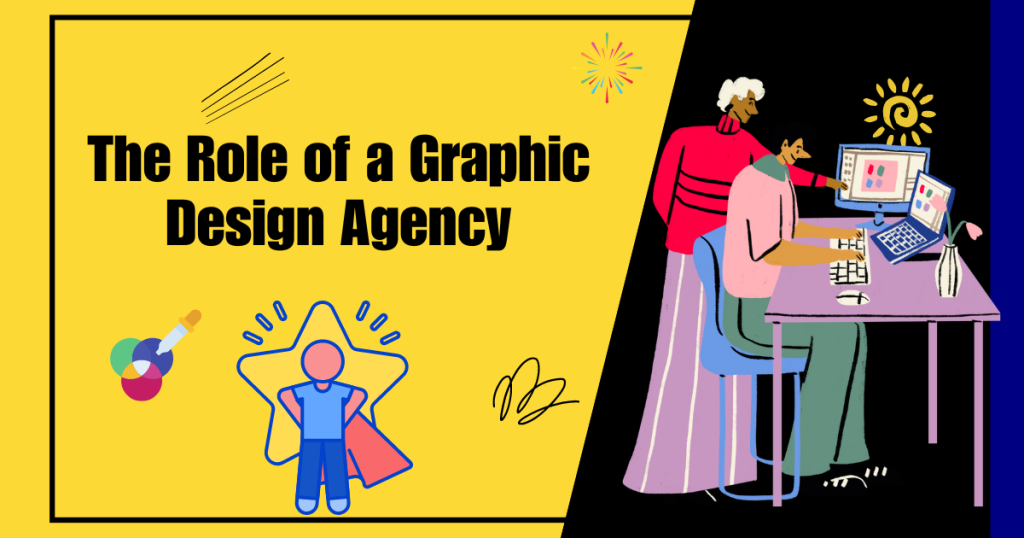
A graphic design agency stands as a beacon of creativity in the bustling world of visual communication. Picture this: a team of artistic maestros, each wielding the brush of innovation, working tirelessly to paint the canvas of your brand’s identity. But what exactly is their role in the grand tapestry of the business world?
At its heart, a graphic design agency is a storyteller. Through a symphony of colors, shapes, and typography, these agencies breathe life into your brand’s story, making it resonate with your audience. They are the architects of your first impression, ensuring that when a customer sees your logo, brochure, or website, they see a reflection of what your company stands for.
Did you know that, according to recent statistics, visuals increase the desire to read content by a staggering 80%? This illustrates the immense power of graphic design in engaging audiences. A graphic design agency harnesses this power to create not just images, but experiences that stick with people, compelling them to act, think, and feel.
Steve Jobs once said, “Design is not just what it looks like and feels like. Design is how it works.” This quote perfectly encapsulates the essence of a graphic design agency’s role. It’s not just about making things look pretty; it’s about creating a functional aesthetic that enhances usability and improves customer experience.
In today’s digital era, where millions of visuals compete for attention, how does your brand stand out? The answer lies in the unique touch of a graphic design agency. They keep their fingers on the pulse of the latest design trends, ensuring your brand remains relevant and appealing.
Remember, every color, every font choice, and every image tells a part of your story. A graphic design agency stitches these elements together, crafting a narrative that speaks to the heart of your audience. So, ask yourself, what story do you want your brand to tell? With the right graphic design agency, the possibilities are as limitless as your imagination.
What Are the Basic Elements of Graphic Design?
Graphic design is a vast and dynamic field, intricately blending creativity and technology to communicate ideas visually. At its core, several fundamental elements form the building blocks of any graphic design project. These elements are crucial for creating effective and aesthetically pleasing visual compositions. Here’s an overview:
Line: The most basic element of design, a line is a stroke that connects two points. Lines can be straight, curved, wavy, thick, thin, dashed, and more. They are used to create shapes, patterns, and textures, and can direct the viewer’s eye along a specific path.
Shape: Shapes are two-dimensional figures created by enclosing areas with lines or by color and texture changes. Shapes can be geometric (like squares and circles), organic (like shapes found in nature), or abstract. They are fundamental for creating structure and form within a design.
Color: Color is perhaps one of the most critical and influential elements of graphic design. It can convey moods, evoke emotional responses, and significantly impact a design’s effectiveness. Understanding color theory, harmony, and the psychological effects of color is essential for designers.
Texture: Texture refers to the surface quality or feel of an object, its smoothness, roughness, softness, etc. In graphic design, texture can be visual (creating the illusion of physical texture) or physical (in printed designs). It adds depth and dimension to a design.
Space: Space or negative space is the area around and between the elements of a design. Effective use of space is crucial for achieving a balanced and harmonious composition.
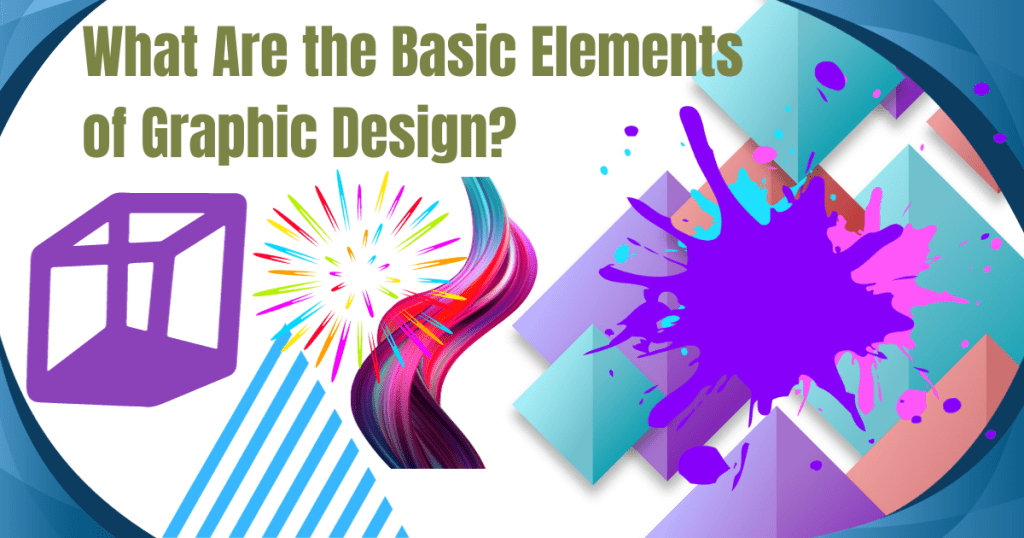
It can help to highlight important components and improve readability.
Form: Form adds another dimension to shapes, making them three-dimensional. Forms can be created using shadows, highlights, and gradients, and are used to give a sense of depth to a design.
Value: Value refers to the lightness or darkness of a color. It is essential for creating contrast, which is critical for drawing attention to specific areas of the design and improving legibility.
Typography: Though sometimes considered a separate discipline, typography is a fundamental element of graphic design. The choice of typeface, size, alignment, and color can significantly affect how information is communicated and perceived.
Why Businesses Need Graphic Design Agencies?
Businesses need graphic design agencies for several key reasons, which range from establishing brand identity to effectively communicating with target audiences. Here are some of the main reasons why graphic design agencies are essential for businesses:
Professional Brand Identity: A cohesive brand identity is crucial for businesses to stand out in a competitive market. Graphic design agencies specialize in creating logos, color schemes, typography, and other visual elements that form a strong brand identity. This professional touch helps businesses convey their values and personality, making them more recognizable to consumers.
Effective Communication: Graphic design is a powerful tool for communication. Design agencies can produce materials that convey messages clearly and effectively, whether it’s through a website, brochure, or social media post. Good design can break down complex information into easily digestible visuals, making it easier for businesses to communicate with their audience.
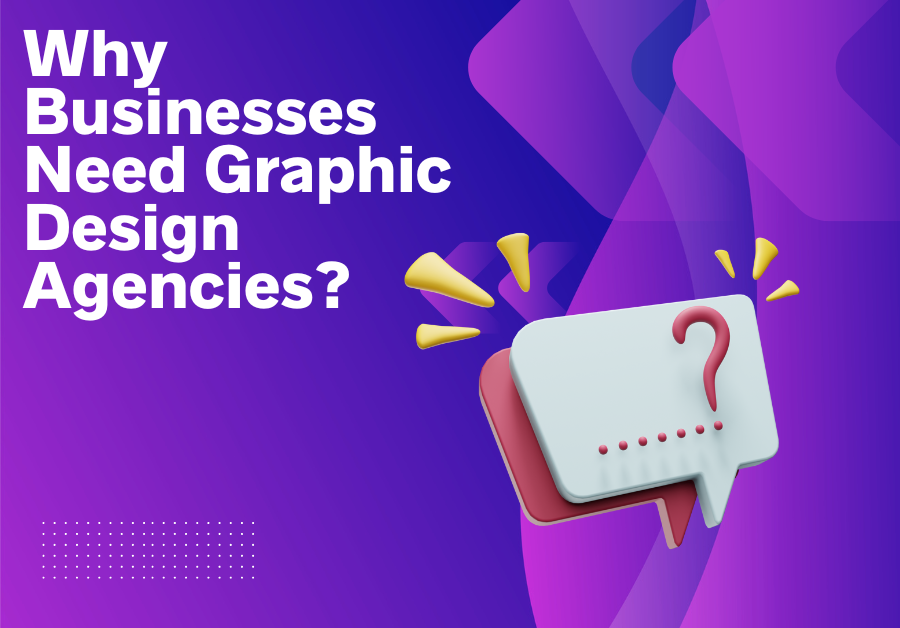
Engagement and Conversion: Well-designed marketing materials can significantly increase engagement and conversion rates. A graphic design agency can create visually appealing advertisements, websites, and social media content that captures the attention of potential customers, encouraging them to engage with the brand and ultimately convert.
Consistency Across All Media: Consistency in branding and design across all media helps in building a trustworthy brand image. Graphic design agencies ensure that all visual and communication materials a business uses, whether online or offline, follow a consistent theme and style, reinforcing the brand identity.
Staying Relevant: Trends in design change rapidly, and staying relevant is key to engaging with modern audiences. Graphic design agencies are adept at keeping up with these trends and can refresh a brand’s visuals as needed, ensuring the business remains appealing to its target demographic.
Cost Efficiency: While hiring a graphic design agency might seem like a significant expense, it can be more cost-efficient in the long run. Professional designers can produce high-quality work quickly and effectively, reducing the need for revisions and avoiding the costs associated with poor design, such as lower conversion rates or a weakened brand image.
Creative Problem Solving: Graphic design agencies bring a level of creativity and innovation that can solve complex marketing and communication challenges. They can think outside the box to create unique branding strategies and marketing materials that make a business stand out.
Access to a Range of Skills and Expertise: Design agencies typically employ professionals with a wide range of skills and expertise, from web design to animation. This diversity allows businesses to access a broad spectrum of design services all in one place, supporting various marketing and branding needs.
The Importance of Hiring a Professional Graphic Design Agency
Hiring a professional graphic design agency can significantly impact the success of your business or project. The importance of graphic design stretches beyond mere aesthetics; it’s about effective communication, brand identity, and creating a lasting impression. Here’s why engaging a professional graphic design agency is crucial:
Professional Expertise and Creativity
Professional designers possess a blend of creativity and expertise, enabling them to produce high-quality designs that stand out. They are trained to think creatively and critically, ensuring that each design is not only visually appealing but also meaningful and aligned with your business goals.
Consistent Brand Identity
A graphic design agency helps maintain consistency across all your marketing materials, which is vital for building a strong, recognizable brand identity. Consistency in design elements like logos, colors, and typography fosters trust and reliability among your audience.
Time and Cost Efficiency
Outsourcing your graphic design needs can save you a significant amount of time and money. Professional designers can deliver high-quality results quickly, allowing you to focus on other aspects of your business. Moreover, avoiding amateur design mistakes can save you from costly rebrands or redesigns in the future.
Access to the Latest Trends and Tools
Graphic design agencies stay abreast of the latest design trends and have access to advanced design tools and software. This ensures that your designs not only look professional but are also on the cutting edge of what’s current, making your brand appear more relevant and appealing to your target audience.
Improved Communication with Your Audience
Graphic design is a form of visual communication. A professional agency can help you convey your message effectively, translating complex information into easy-to-understand visuals. This can improve engagement and comprehension among your audience, whether it’s through your website, brochures, or social media posts.
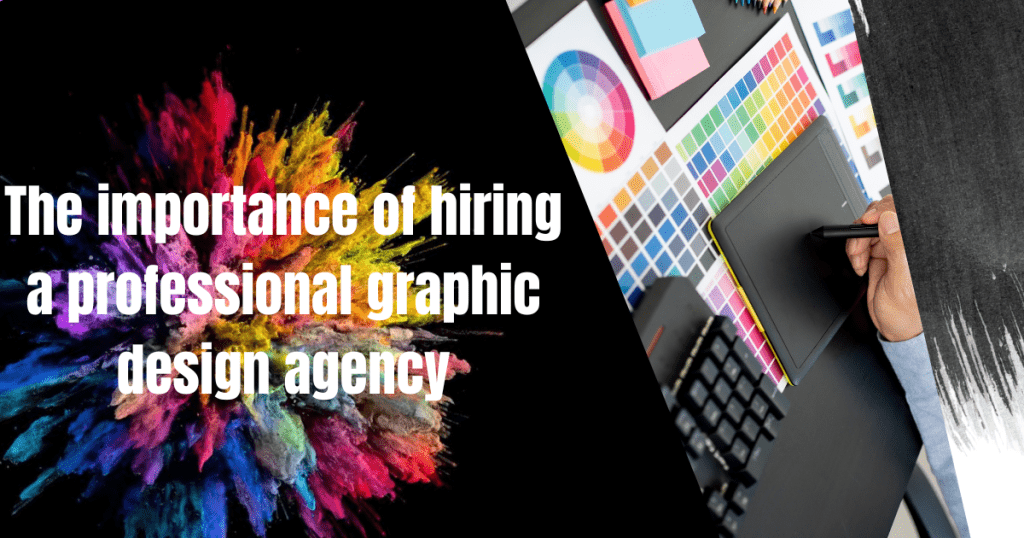
Strategic Approach to Design
A professional agency doesn’t just create visually pleasing designs; they take a strategic approach to ensure that every design element serves a purpose. Whether it’s driving sales, increasing engagement, or building brand awareness, an experienced agency will align its creative strategy with your business objectives.
Customized Solutions
Every business is unique, and a one-size-fits-all approach doesn’t work in graphic design. A professional agency will offer customized solutions tailored to your specific needs, ensuring that your brand stands out and resonates with your target audience.
Long-term Relationship
Building a long-term relationship with a graphic design agency can be highly beneficial. As they become more familiar with your brand and objectives, the quality and effectiveness of the designs will continue to improve, helping your business grow over time.
Qualities of a Great Graphic Design Agency
A great graphic design agency possesses a combination of qualities that distinguish it from the competition and make it a preferred choice for clients looking for effective and creative design solutions. Here are some key qualities to look for:
Creativity and Innovation
The ability to produce original, imaginative ideas that stand out in a crowded market is essential. A great design agency pushes the boundaries of creativity and innovation, bringing fresh perspectives to traditional problems.
Versatile Portfolio
Diversity in design work demonstrates the agency’s ability to handle a wide range of projects. A versatile portfolio showcases proficiency across different media, industries, and design styles, reflecting the agency’s adaptability and breadth of experience.
Strategic Thinking
Beyond aesthetic appeal, the best designs serve strategic business goals. A top-notch agency understands its clients’ industries and crafts designs that not only look good but also align with business objectives, such as brand building, user engagement, or conversion optimization.
Attention to Detail
Exceptional attention to detail ensures that every element of a design is considered and polished. This can range from typography and color schemes to usability and user experience, all of which are crucial for creating effective designs.
Strong Communication Skills
Effective communication is key to understanding client needs and delivering on their expectations. A great agency maintains open lines of communication, provides clear timelines, and keeps clients informed throughout the design process.
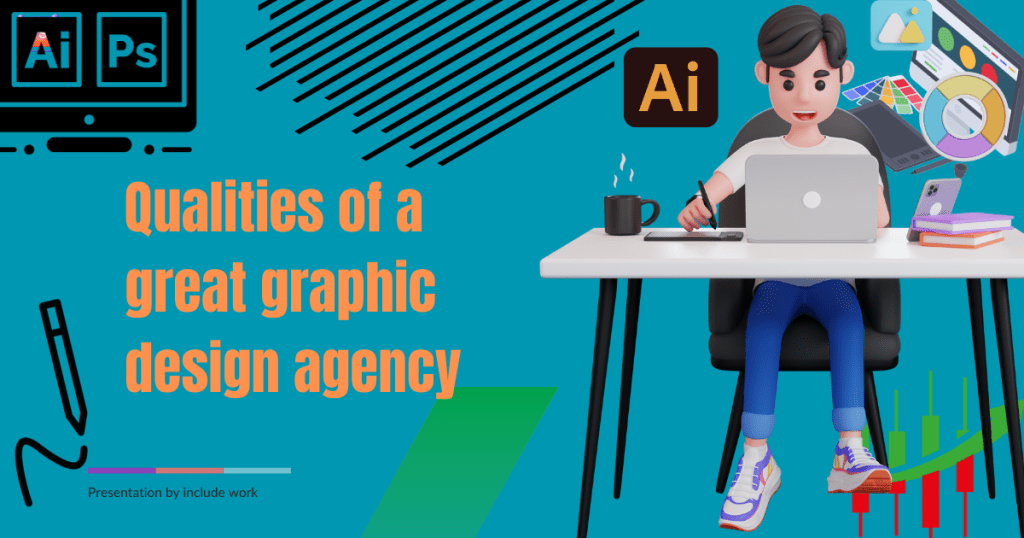
Professionalism and Reliability
Adherence to deadlines, budget constraints, and project specifications is fundamental. A reliable agency demonstrates professionalism in all aspects of its work, from the initial proposal to the final delivery.
Technical Proficiency
With the constant evolution of design software and digital platforms, staying up-to-date with the latest technologies and techniques is vital. A leading agency invests in training and development to ensure its team can leverage the latest tools to deliver innovative solutions.
Understanding of Marketing and Branding
A deep understanding of marketing principles and branding strategies allows a design agency to create visuals that resonate with target audiences and reinforce brand identity. This involves a mix of aesthetic skills and marketing savvy.
Client-Centric Approach
Placing the client at the center of the design process, listening to their needs, and tailoring solutions to meet those needs are hallmarks of a client-centric agency. This approach fosters long-term relationships and client satisfaction.
Cultural and Global Awareness
In an increasingly globalized world, awareness of cultural sensitivities and trends can give an agency an edge. Designs that appeal to diverse audiences and respect cultural differences can broaden a brand’s appeal on the international stage.
How Best Graphic Design Works?
The best graphic design works by combining visual aesthetics with functional purpose to communicate messages effectively. Here are some key principles and elements that contribute to effective graphic design:
Clarity and Simplicity: Good design conveys its message clearly and directly. Simplicity helps in focusing the viewer’s attention on the essential elements without unnecessary distractions.
Hierarchy: This involves organizing design elements in a way that implies importance. It guides the viewer’s eye to the most critical information first, then to secondary elements. This is achieved through variations in size, color, contrast, and placement.
Balance and Alignment: Balance provides stability and structure to a design. It can be symmetrical or asymmetrical. Alignment helps in creating a sharp, ordered appearance by ensuring elements line up in a visually appealing manner.
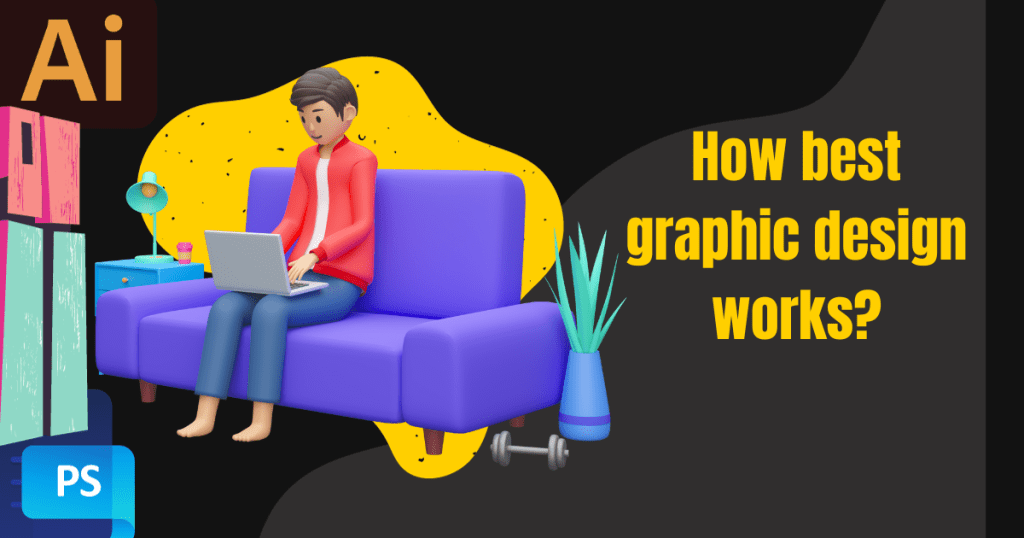
Contrast: Contrast creates visual interest and draws the eye to important elements. It can be achieved through differences in color, size, shape, or texture between two elements.
Color Theory: Colors can evoke emotions and convey messages. Understanding color theory and psychology helps designers choose colors that enhance the design’s effectiveness and its emotional impact.
Typography: The choice of fonts and how text is arranged can significantly affect how information is communicated. Good typography enhances readability, accessibility, and the overall aesthetic.
Consistency: Maintaining a consistent style and theme throughout the design helps in reinforcing
the message and creating a cohesive look. This includes consistent use of colors, fonts, and graphic elements.
Responsiveness and Adaptability: Designs should work across different platforms and devices, maintaining their effectiveness and visual appeal. This means considering how elements scale and adapt to various screen sizes and resolutions.
Innovation and Creativity: While adhering to principles, the best designs often incorporate innovative ideas and creative solutions that stand out. Creativity can turn a standard design into something memorable and impactful.
Understanding the Audience: Effective designs are created with the audience in mind. Understanding the audience’s preferences, culture, and needs can guide design decisions, making the design more relevant and engaging.
Feedback and Iteration: The design process doesn’t end with the first draft. Feedback from clients, users, and other designers is crucial. Iterative design, where feedback is used to make revisions, ensures the final product meets or exceeds expectations.
Future Trends in Graphic Design Agencies
The future of graphic design agencies is shaped by rapid technological advancements, evolving market demands, and cultural shifts. Here are some key trends that are likely to influence the landscape of graphic design agencies in the coming years:
Integration of AI and Machine Learning: Artificial intelligence (AI) and machine learning (ML) are set to revolutionize the graphic design industry. Agencies will leverage these technologies for automating repetitive tasks, generating creative ideas, and personalizing designs for individual users. This could lead to more efficient workflows and innovative design solutions.
Emphasis on User Experience (UX) Design: As digital experiences become more central to everyday life, there’s a growing demand for designs that are not only visually appealing but also user-friendly. Graphic design agencies will focus more on UX design principles, ensuring that websites, apps, and digital platforms are accessible, intuitive, and engaging for users.
Sustainable and Ethical Design: With increasing awareness of environmental and social issues, clients and consumers are favoring brands that demonstrate responsibility. Graphic design agencies will adopt more sustainable practices, such as using eco-friendly materials and promoting digital over physical media. Additionally, ethical considerations will influence design decisions, ensuring inclusivity and fairness in visual representations.
Augmented Reality (AR) and Virtual Reality (VR): AR and VR technologies are creating new opportunities for immersive branding and storytelling. Graphic design agencies will explore these mediums to create engaging experiences that blend the physical and digital worlds, offering clients innovative ways to connect with their audience.
Increased Demand for Motion Graphics: With the rise of social media and digital marketing, there’s a growing preference for dynamic and interactive content over static images. Motion graphics and animation will become more prevalent in the work of graphic design agencies, enhancing storytelling and user engagement.
Collaboration Across Disciplines: The future of graphic design is increasingly interdisciplinary,
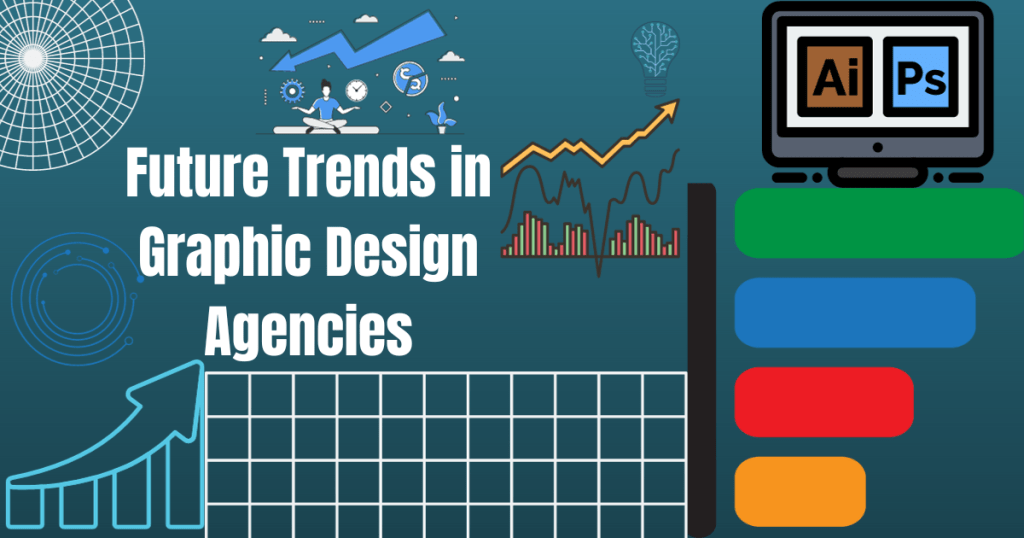
merging with fields such as data science, psychology, and environmental studies. Agencies will collaborate with experts from these areas to create more informed and impactful designs, addressing complex challenges and delivering holistic solutions.
Customization and Personalization: Advances in data analytics and machine learning will enable graphic design agencies to offer more personalized design services. By understanding user preferences and behaviors, agencies can tailor their designs to meet the specific needs and tastes of their audience, resulting in more effective and compelling visual communications.
Remote Work and Global Teams: The shift towards remote work, accelerated by the COVID-19 pandemic, is likely to continue. Graphic design agencies will embrace remote working arrangements and collaborate with talent from around the world, leading to more diverse perspectives and creative outputs.
Focus on Storytelling and Brand Narratives: In a crowded market, compelling storytelling and strong brand narratives will become even more important. Graphic design agencies will emphasize storytelling in their designs, helping brands to forge emotional connections and build loyalty with their audience.
Increased Use of Generative Design: Generative design, which uses algorithms to generate thousands of design options based on specific parameters, will gain traction. This approach can lead to innovative and optimized designs, particularly in branding, packaging, and product design.
Why Include Work is Your Ideal Graphic Design Partner?
In the bustling world of business, graphic design plays a crucial role in brand communication and engagement. This is where Include Work comes into the picture, offering a blend of creativity, efficiency, and tailored solutions to meet your unique needs. Here’s why Include Work is the best choice for your graphic design requirements:
Tailored Creativity at Your Fingertips
At Include Work, we don’t just create designs; we craft stories that resonate with your audience. Our team of skilled designers approaches each project with a fresh perspective, ensuring that your brand’s essence is captured perfectly in every design.
Diverse Expertise for Varied Needs
Whether it’s a captivating logo, an engaging website layout, or compelling marketing materials, Include Work has the expertise to deliver. Our team stays abreast of the latest design trends and techniques, ensuring that your brand remains relevant and impactful.
Time and Cost Efficiency
We understand the value of your time and resources. Include Work provides high-quality design solutions within a budget-friendly framework. Our efficient processes ensure timely delivery, making us a reliable partner in your growth journey.
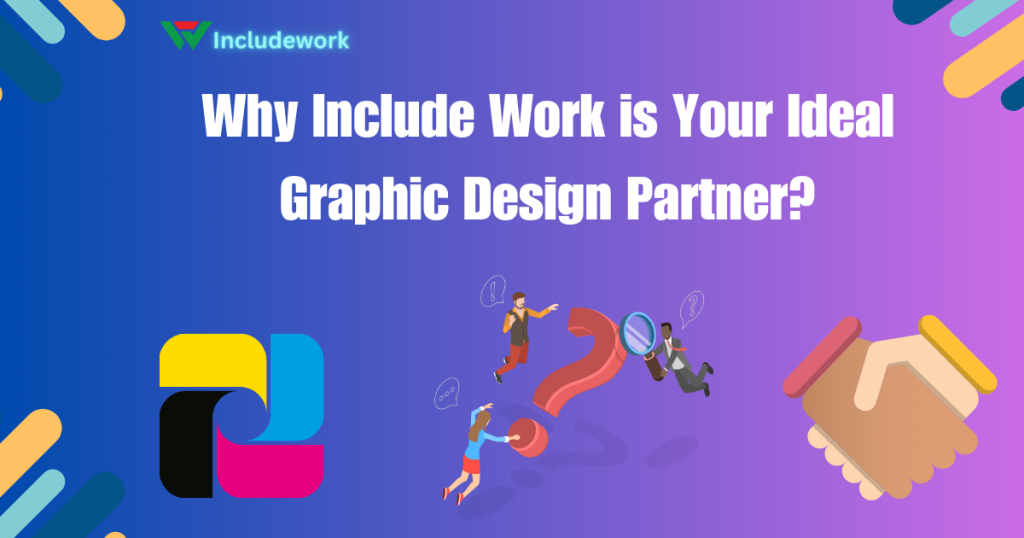
Data-Driven Design Approach
In today’s digital age, data is king. We utilize market research and data analytics to inform our design decisions, ensuring that your brand not only looks good but also appeals to the right audience.
Collaborative and Transparent Process
Communication is key at Include Work. We believe in working closely with our clients, ensuring transparency at every stage of the design process. This collaborative approach leads to designs that truly reflect your vision and objectives.
Inclusivity and Accessibility
In line with modern values, our designs are crafted to be inclusive and accessible, resonating with a broad audience. This approach not only enhances user experience but also elevates your brand in the eyes of socially conscious consumers.
Long-Term Partnership for Continued Success
Our relationship with clients doesn’t end with project completion. Include Work is committed to being a long-term partner, supporting your evolving design needs as your business grows.
Conclusion
In the dynamic field of graphic design, understanding the intricacies and trends is key to success. Whether it’s recognizing the rise of graphic design agencies, comprehending their services, or realizing the importance of hiring a professional agency, each aspect plays a pivotal role in shaping effective design strategies.
Businesses must consider various factors when choosing a graphic design agency. This includes understanding the basic elements of design, recognizing different design styles, and being aware of the services offered by these agencies. The choice between an agency, a freelancer, or an in-house team should be informed by the specific needs and context of the project.
The future of graphic design is ever-evolving, with trends leaning towards more authentic, inclusive, and technologically advanced designs. Staying abreast of these trends and integrating them into business strategies is crucial for staying relevant and competitive.
Moreover, the emphasis on inclusive work highlights the industry’s shift towards more socially responsible and accessible designs. This not only enhances the reach and impact of designs but also aligns with broader societal values and expectations.
